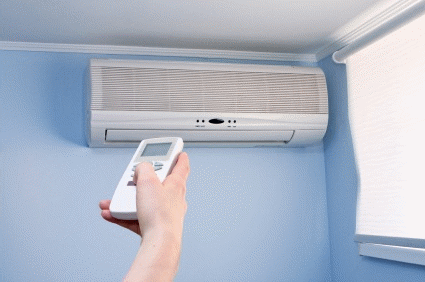 Air conditioners work on the basis of the second law of thermodynamics.
Air conditioners work on the basis of the second law of thermodynamics.
The second law identifies the direction of energy transformation in natural processes. The second law of thermodynamics can be stated in many ways, simplest among them being:
Heat never spontaneously flows from a cold object to a hot object.
The first law of thermodynamics reiterates that energy can be neither created nor destroyed. It speaks of the quantity of energy that can be converted into mechanical work. The second law adds that the quality of (heat) energy becomes more diffuse and ultimately degenerates into waste.
Processes in which disorder returns to order without any external help does not occur in nature. Disordered energy can be changed to ordered energy, but only at the expense of some organizational effort or work input.
The idea of lowering the “quality” of energy gives the idea of entropy, a measure of the amount of disorder in a system. Entropy is a measure of how much energy or heat is unavailable for conversion into useful work. When the entropy of a system increases, there is decrease in the energy available to do useful work.
The second law of thermodynamics can be stated as: Entropy (of the universe) is always increasing.